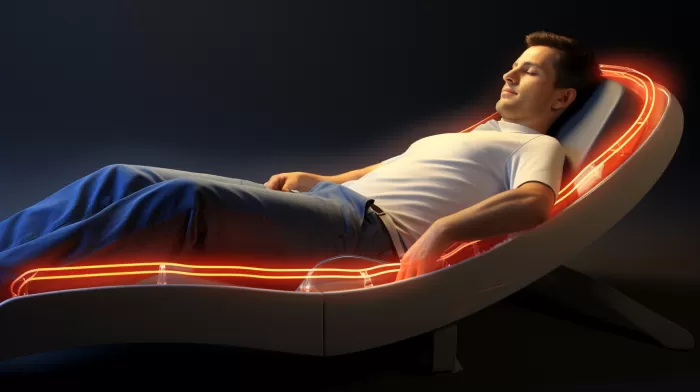Let’s face it; stress and gravity are unavoidable factors that can take a toll on our bodies. While we can’t change gravity, we can manage our lives to properly account for it. Stress, which takes physical, mental, and emotional forms, alters our musculature and physical form over time. When gravity encounters those rounded shoulders and hunched backs caused by stress, pain and discomfort can seem inescapable.
So what can you do to banish that pain? One effective method that’s been somewhat overlooked is Rolfing®, a type of bodywork that improves posture and the quality of your fascia in relation to Earth’s gravitational pull. Developed by Ida Rolf in the 1930s, this technique was among the first Western bodywork methods to address pain through posture and fascia.
What makes Rolfing unique? By the age of 25, Rolf had earned a Ph.D. in biochemistry and then traveled to Geneva to study homeopathic medicine. Her research led her to focus on the body’s connective tissue known as fascia. This web-like tissue encapsulates individual muscles, groups of muscles, blood vessels, and nerves. While it’s designed to protect parts of the body, sometimes it can be too protective.
In many cases, an injury causes more fascia to be produced to shield the damaged area. When the original injury heals, the excess fascia remains, not allowing a free range of motion. But there doesn’t have to be an injury for this to happen.
When you don’t use your limbs as they are designed to be moved (consider the ball-and-socket nature of your shoulders), fascia can adhere or stick together. In normal circumstances, fascia enables the musculature of the shoulder, neck, and back to slide. But because of limited use of the arms by most people (such as fixing them in place while typing), fascia grows sticky and prevents the natural slide. This causes stiffness, soreness, and pain. It also occurs in our hips and lower backs from sitting for too long and not getting enough exercise.
While this idea is now common knowledge, back in the 1930s, it was revolutionary for Western researchers like Rolf to think of pain in these terms. Rolf believed every person has an optimal alignment for their body and an optimal range of motion for their body type. When this natural relationship is distorted through stressful actions, thoughts and behaviors, and the unnatural use of the body, sticky fascia can cause internal stress and discomfort. It changes how the body stands, sits, rests, and lies, causing pain, all in relation to how gravity holds us down and pulls on us.
When you’re hunched, tilted, or crooked, gravity can pull you further out of shape. Rolfing practitioners aim to correct this misalignment in the body with sessions that realign the connective tissue to return to normal function. Sometimes this involves uncomfortable massages, but the goal is to eliminate or limit the body’s internal stress, restore the normal range of motion, and realign the body so it can optimally respond to gravity.
Rolf was ahead of her time when she suggested that “deliberate, accurate, and targeted movement of this tissue” could lead to immediate relief of physical pain and enhance well-being and quality of life. Her work foreshadowed the field of Western-based mind/body medicine, which considers the combined role of stress, mind, body, and gravity in health and well-being.
Although Rolfing isn’t commonly referred to as “structural integration” anymore, that remains its central purpose. If you struggle with poor posture, frequently visit chiropractors or massage therapists, and seek relief for chronic body pain, consider trying Rolfing. Commit to a 10-session program and experience the difference it can make in making you feel freer and happier.
For more information on Rolfing and to find a practitioner, visit http://www.rolfing.org/.



